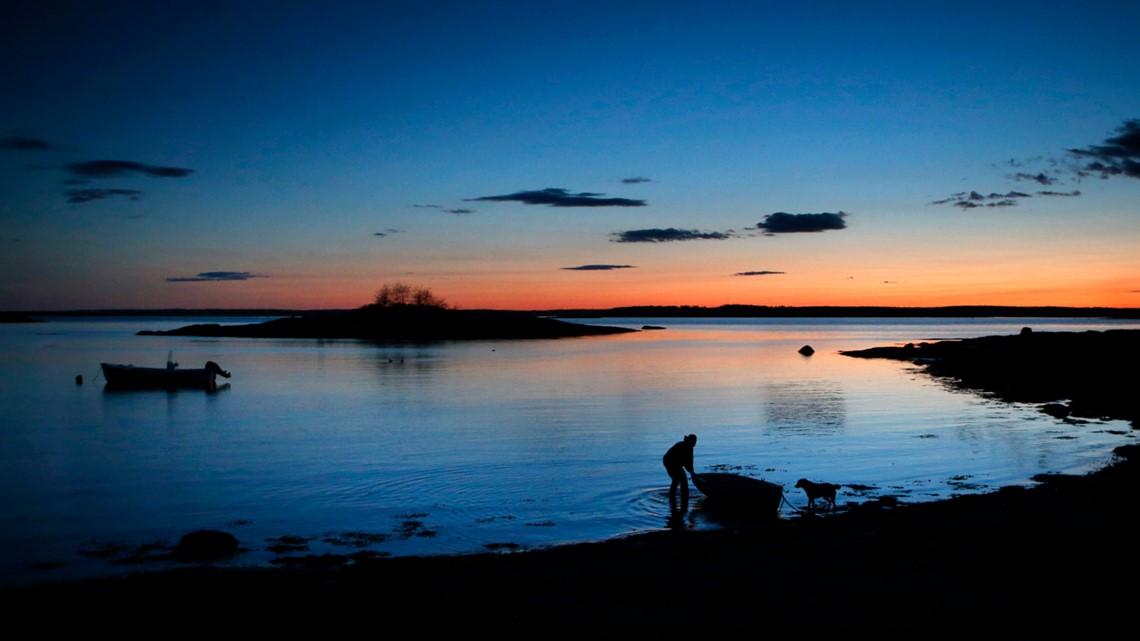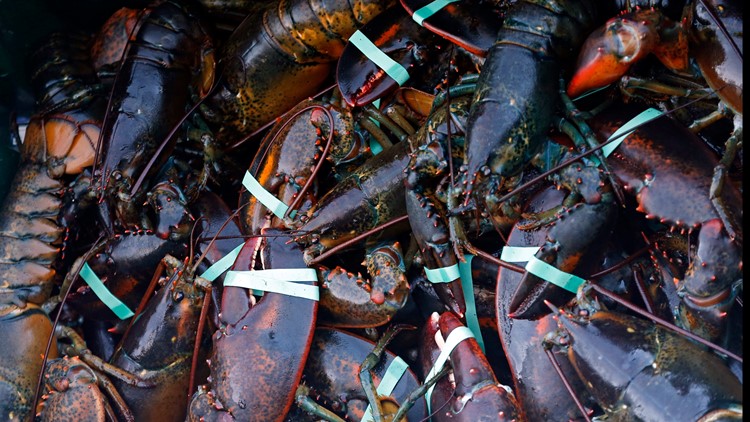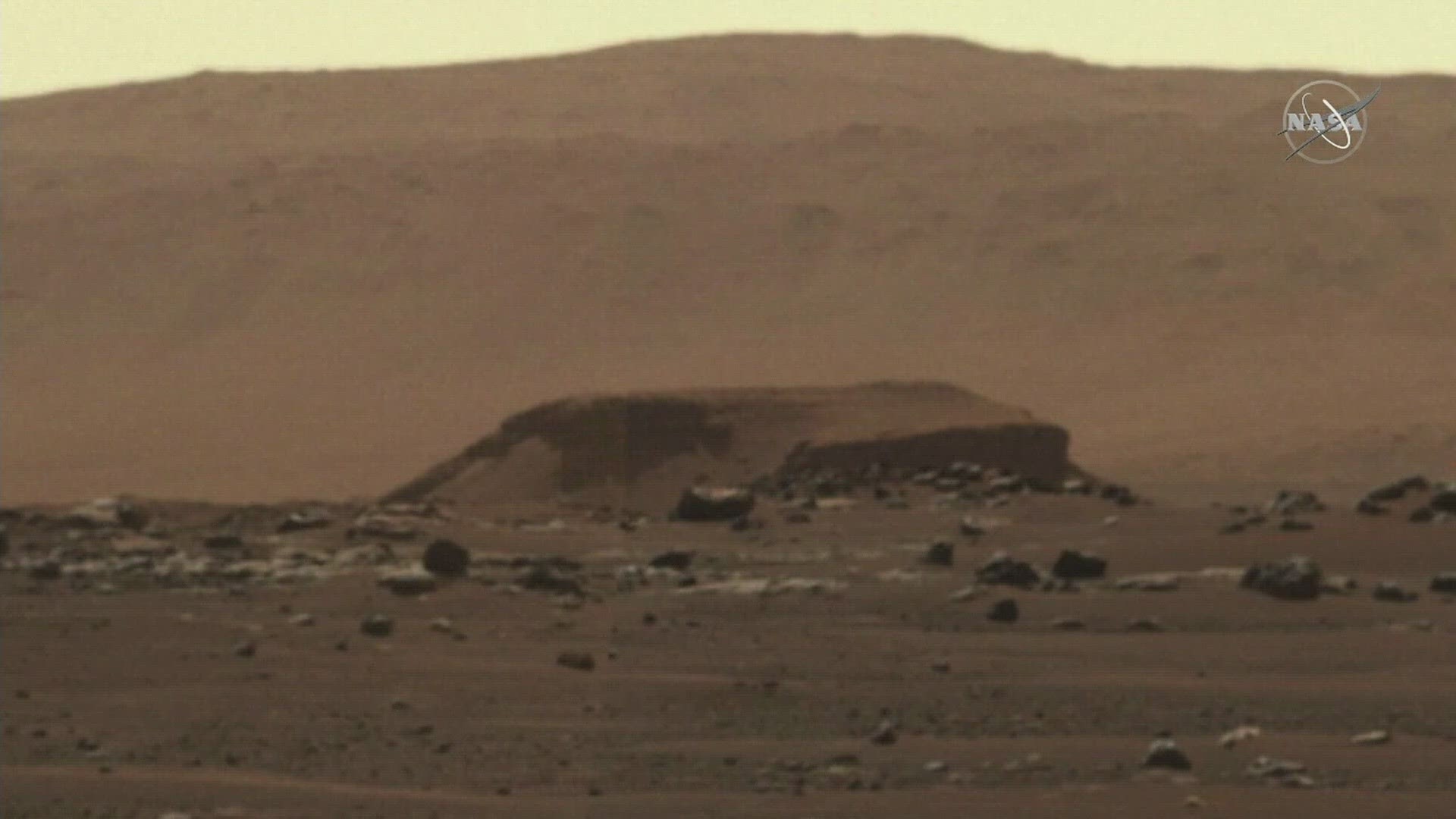WASHINGTON, D.C., USA — For the second straight year, $2 million has been awarded for lobster research in the Gulf of Maine. Four of the nine NOAA Sea Grant projects will be conducted by Maine organizations, totaling $559,181 in funding for Maine-based research projects.
Sen. Susan Collins (R-Maine), a senior member of the Appropriations Committee, announced the Sea Grant American Lobster Initiative funding on Thursday, saying, “This critical federal funding will build on their efforts to support the health of Maine’s lobster fishery and help ensure its continued success.”
The $2 million will support Gulf of Maine and Georges Bank American lobster research priorities, which is aimed at understanding how environmental changes are affecting American lobster in the Gulf of Maine.
The Sea Grant Lobster Initiative is funded by NOAA’s National Sea Grant College Program and operated by the University of Maine with the goal of enhancing the U.S. lobster industry’s ability to respond to biological, economic, and social changes affecting the regional ecosystem. Sea Grant is a public-private partnership that collaborates with institutions to study marine and coastal resources and developments. Sea Grant also partners with the University of New Hampshire.
Sea Grant's funding was increased by $6 million, totaling $74 million national, with $2 million designated specifically for lobster research in New England.
In addition to the four Maine organizations receiving federal funding, the Atlantic Offshore Lobstermen’s Association, which has roots in Dover, New Hampshire as well as Newport, Rhode Island, will receive $326,556. The project will invest in lobster monitoring efforts to better understand their early lifecycle to improve management strategies for the lobster population.
“This grant will help the Atlantic Offshore Lobstermen’s Association dedicate more time, research and resources to understanding the lobster lifecycle so we can improve our efforts to maintain the lobster population," N.H. Sen. Jeanne Shaheen said. "Lobstermen in New Hampshire and across New England face increasing challenges from changing environmental conditions, and I’ll keep working to provide needed resources to ensure we protect and sustain this vital industry for the long term.”
U.S. Rep Chellie Pingree (D-Maine), who is also a member of the House Appropriations Committee, said in a statement, "the Gulf of Maine is warming at a rate faster than 99% of the rest of the world’s oceans, and we must know how the climate crisis will affect the future of the lobster industry."
Pingree said she fought for this funding on the Committee, and said the Sea Grant's American Lobster Initiative "will go far to make sure the lobster industry understands the challenges to come.”
Four of the nine research projects being funded will be conducted my Maine researchers and institutions, outlined below:
1. Fishing in hot water: defining sentinel indicators of resilience in the American lobster fishery- University of Maine Orono ($125,808):
The intent of this research is to develop sentinel indicators of resilience for the lobster industry that can be used to detect early signs of vulnerability among harvesters. In pursuit of this research, the authors will use peer-reviewed methods to develop and evaluate sentinel indicators and work closely with the lobster industry, managers, and the Lobster Regional Extension Program to solicit input and distribute results.
Although the status of the lobster stock is closely monitored in the Gulf of Maine, no indicators currently exist to detect vulnerability among participants in the industry. Understanding vulnerability is vital to informing future management decisions and coastal community resilience.
2. Incorporating changes in thermal habitat and growth to improve the assessment of American lobster stocks and spatial distribution in the Gulf of Maine, Georges Bank, and Southern New England- University of Maine Orono ($100,766):
The purpose of this project is to develop a modeling framework to assess and forecast spatio-temporal dynamics of American lobster in a changing ecosystem. A forecasting model will be built into the American lobster stock assessment framework that utilizes stock assessment output and projected thermal habitat to predict stock size and catch seasonally. This will allow for simulating multiple future climate scenarios and fishing mortalities in the Gulf of Maine, Georges Bank, and southern New England.
Additionally, this work will also enable the testing of the UMaine Lobster Stock Assessment model under previously utilized spatial scales from the Atlantic States Marine Fisheries commission to determine if the stock unit assumptions hold true using this stock assessment model. Throughout the testing and application process this work supports the implementation of a grounded outreach plan that will allow for method fluidity due to feedback from American lobster management agencies and stakeholders including state agencies, the Atlantic States Marine Fisheries Commission, NOAA Fisheries, and the lobster industry.


3. Testing and developing effective non-invasive female maturity assessment methods and protocols for the American lobster (Homarus americanus) - Maine Department of Marine Resources, (Boothbay Harbor, ME) ($102,587):
The Maine Department of Marine Resources began conducting female American lobster maturity studies via ovarian staging, widely recognized as the most accurate maturity assessment methodology, although time and resource-intensive, in 2018. The goal of the work proposed here is to leverage DMR’s recent efforts in order to evaluate and develop two promising non-invasive maturity assessment methodologies and generate publicly accessible instructional materials that would allow for lobster maturity datasets to be easily updated in the future.
The authors will build upon three years of female lobster maturity research by the DMR by analyzing samples collected through these recent works to test the effectiveness of these methodologies on females from across the Gulf of Maine. This research team represents a new collaboration of state agency researchers, members of the lobster industry, an industry trade association, and Canadian researchers all invested in the continued success of the American lobster fishery and eager to contribute to the National Sea Grant American Lobster Initiative. The research proposed here will provide insight into the most appropriate maturity assessment approach and provide long-term benefits to researchers who can utilize these methods to update size at maturity datasets regularly as conditions in the Gulf of Maine continue to change.
4. Understanding and improving spatial distribution projections for lobster: Considering predation and building expert consensus- Gulf of Maine Research Institute ($220,020):
In this project, the authors aim to address the limitations of lobster distribution models and strengthen stakeholders’ trust in our ability to accurately quantify, project, explain, and apply lobster distribution and abundance models under future climate conditions.
In sum, this research will provide information necessary to support forward-looking conservation and management strategies for the lobster fishery, ultimately enhancing the resilience and adaptation capacity of coastal communities that rely on lobster to support their livelihoods and maintain their cultural identity.



